Free Shipping On All Orders Over $150.
How to Keep Your Cat Healthy with Simple Care Steps
When it comes to our furry companions, cat care tips are invaluable. Owning a cat is a rewarding experience, but ensuring their health and happiness requires knowledge and commitment. In this comprehensive guide, we will explore various aspects of cat care, from grooming to diet, exercise, and routine check-ups. By the end, you'll be equipped with practical advice to keep your feline friend content and thriving.
Cat care tips
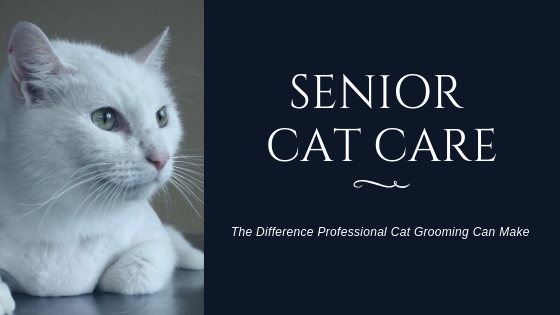
Caring for a cat goes beyond providing basic necessities like food and shelter. It involves understanding their unique behaviors, needs, and preferences. Whether you’re a seasoned cat owner or a first-time pet parent, these cat care tips will help ensure your feline friend lives a long, healthy, and happy life.
Cats are inherently independent animals, but they still rely on us for their well-being. They thrive in environments where their physical and emotional needs are met. This means engaging with them through play, providing appropriate spaces for relaxation, and recognizing when they need medical attention. Understanding the nuances of feline behavior can strengthen the bond between you and your pet.
Moreover, cat care extends to various routines that promote wellness. From establishing regular feeding times to regular vet visits, every little action counts towards maintaining your cat's health. In the following sections, we'll delve deeper into how to keep your cats healthy and informed about essential aspects of feline care.
How to keep cats healthy
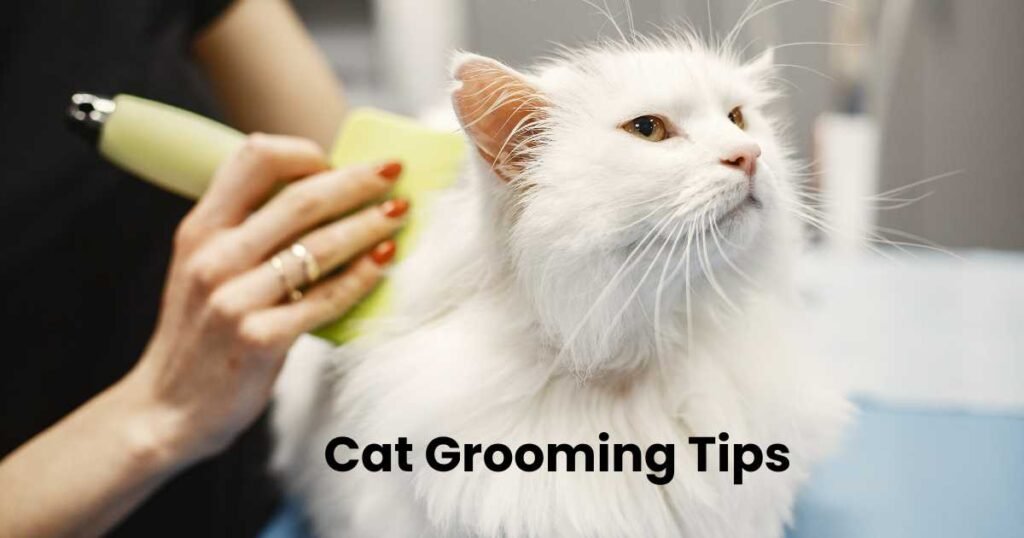
Maintaining your cat’s health is a multifaceted task that includes proper nutrition, regular vet visits, and an environment conducive to physical and mental stimulation. To truly understand how to keep cats healthy, one must consider these components holistically.
Nutrition Matters

A well-balanced diet is fundamental to your cat's health. Cats are obligate carnivores, meaning they require a significant amount of protein in their diets. Look for high-quality cat food that lists meat as the primary ingredient.
Additionally, consider incorporating wet food into their diet. Wet food not only provides hydration but also aids in digestion. Pay attention to the nutritional information and select food that meets the specific needs of your cat’s age and health condition, whether they are a kitten, adult, or senior cat.
Hydration is Key

Hydration plays a crucial role in keeping your cat healthy. Cats often don’t drink enough water, which can lead to urinary tract issues and kidney problems. To encourage hydration, consider investing in a cat water fountain, as many cats prefer running water.
Additionally, feeding your cat wet food can significantly contribute to their overall water intake. Always ensure fresh water is readily available and changed daily. Monitoring your cat’s drinking habits can alert you to potential health issues early on.
Regular Exercise
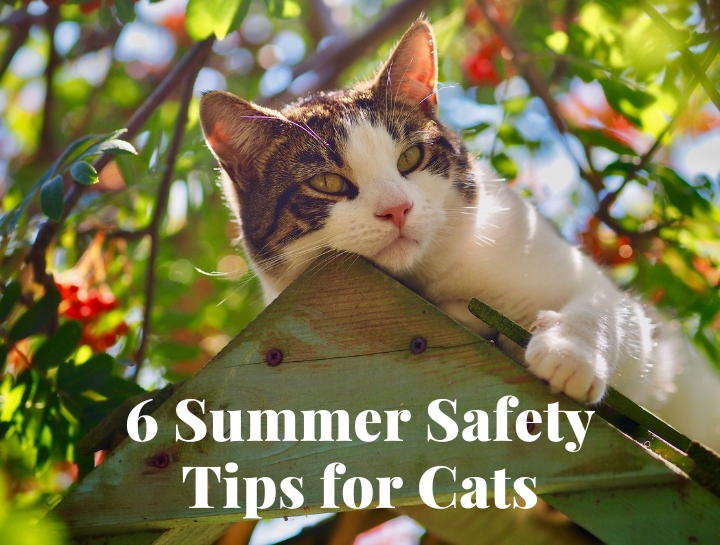
Physical activity is vital for maintaining a healthy weight and preventing obesity in cats. Engaging your cat with interactive toys and scheduled playtime can effectively stimulate both their body and mind.
Consider dedicating time each day for play sessions using feather wands, laser pointers, or even simple cardboard boxes. Creating an environment that encourages movement, such as cat trees or shelves, can also contribute to their physical health.
Cat grooming guide

Grooming is an essential part of cat care that helps maintain your cat’s coat and skin health. A good grooming routine can prevent matting, reduce shedding, and even spot potential health issues before they become serious.
Brushing Techniques

Different breeds have varying grooming needs. Long-haired cats require more frequent brushing to avoid tangles and mats, while short-haired cats may require less attention. Daily brushing for long-haired breeds and weekly brushing for short-haired ones can make a significant difference in their coat quality.
Using the right tools is crucial. A slicker brush works wonders for detangling, while a rubber brush can help remove loose fur and distribute natural oils. Establishing a routine early on helps cats become accustomed to grooming, making the process smoother and more enjoyable.
Bathing Your Cat
While most cats do a great job cleaning themselves, there are circumstances where bathing might be necessary. For example, if your cat gets into something sticky or smelly, a bath can help. Choosing the right shampoo designed specifically for cats is important to avoid skin irritation.
Introduce your cat to water gradually, ensuring a calm environment. Use lukewarm water and make the experience as stress-free as possible. After bathing, ensure your cat is dried thoroughly to prevent chilling, particularly in cooler months.
Nail Trimming and Ear Cleaning

Nail trimming should be a regular part of your cat grooming guide. Overgrown nails can cause discomfort and increase the risk of injury. Aim to trim your cat's nails every few weeks, using proper cat nail clippers. Be cautious to avoid cutting the quick, which can lead to bleeding.
Ear cleaning is also critical; check your cat’s ears regularly for wax buildup or signs of infection. Use a vet-recommended ear cleaner and cotton balls to gently clean the outer ear. Never insert anything deep into the ear canal, as this can cause injury.
Feline health care

Feline health care encompasses prevention, regular monitoring, and prompt response to health issues. Understanding your cat's health needs and recognizing the signs of distress is pivotal to their well-being.
Wellness Check-Ups

Routine checkups for cats are essential for early detection of health issues. A yearly vet visit is typically recommended for healthy adult cats, while kittens and senior cats may require more frequent visits. During these exams, your vet will perform a thorough physical examination, vaccinations, and discuss any concerns regarding your cat's health.
Don’t wait for symptoms to appear before scheduling a visit. Regular checkups allow your veterinarian to establish a baseline for your cat’s health and catch any potential issues before they escalate.
Vaccination and Preventive Care
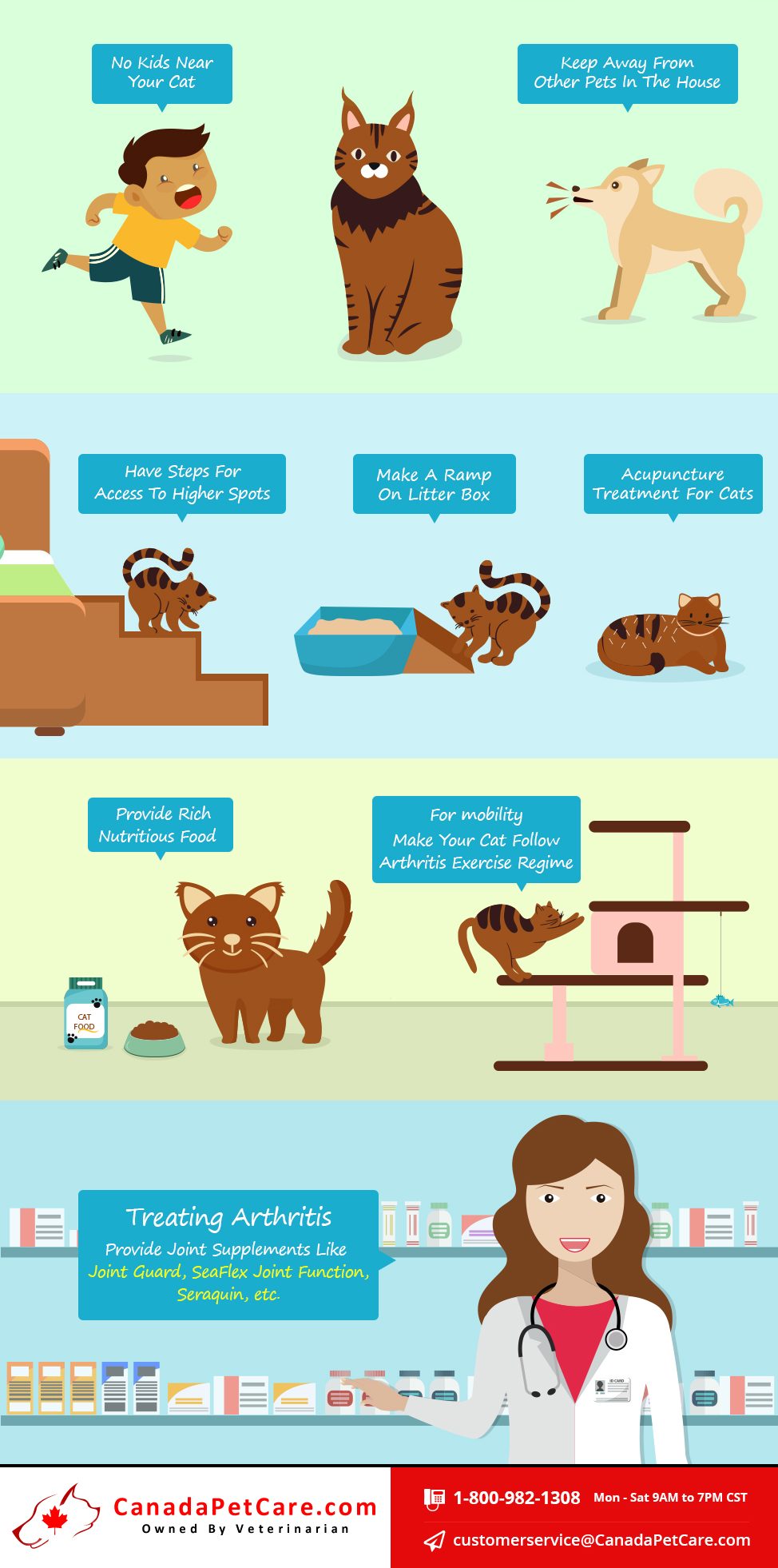
Vaccinations are a key component of preventive care. Ensure your cat is up-to-date on core vaccines, which protect against diseases like rabies and feline distemper. Depending on your cat’s lifestyle, your vet may recommend additional vaccines.
In addition to vaccinations, parasite control is crucial. Fleas, ticks, and worms can wreak havoc on your feline’s health. Discuss with your vet about the best preventive measures tailored for your cat’s needs.
Observing Behavioral Changes

Changes in your cat’s behavior can signal health concerns. Increased hiding, changes in appetite, or altered litter box habits could indicate underlying issues. It’s essential to pay close attention to these subtle shifts, as they may provide critical insights into your cat’s welfare.
If you notice any concerning behavior, consult your veterinarian promptly. Early intervention can be key to successful treatment and recovery.
Best diet for cats

Feeding your cat the best diet is one of the most important aspects of cat care. A proper diet supports their overall health, energy levels, and quality of life.
Understanding Nutritional Needs
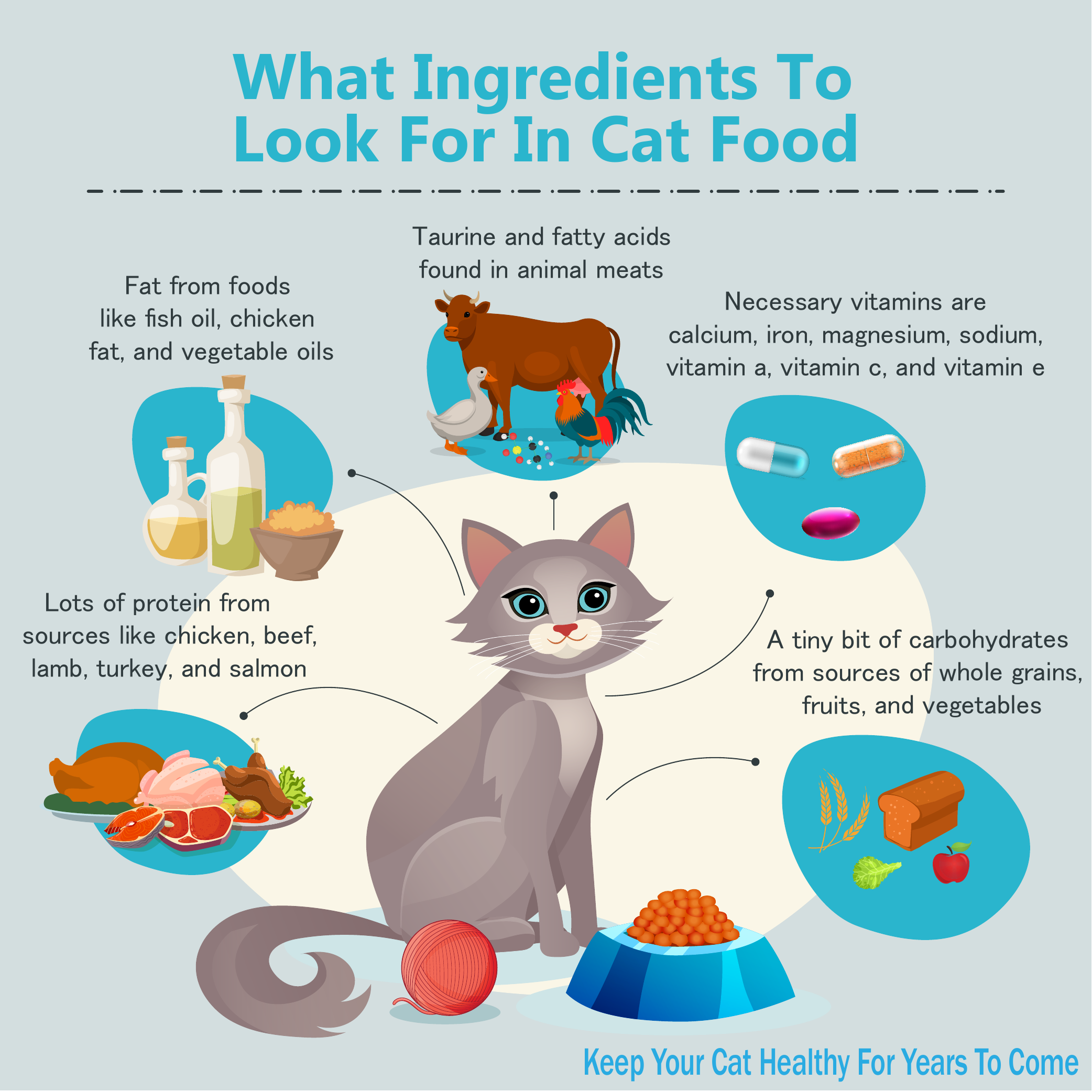
Cats require a diet rich in protein, moderate fats, and minimal carbohydrates. When selecting commercial cat food, look for brands that list high-quality animal proteins as the first ingredient. Avoid foods with excessive fillers and artificial additives.
Consult your veterinarian for personalized dietary recommendations based on your cat’s age, weight, and health status. Kittens, adults, and seniors all have different dietary requirements that must be met to support their development and longevity.
Homemade vs. Commercial Diets
While homemade cat diets can be appealing, they require careful formulation to meet all of your cat’s nutritional needs. If you choose to prepare food at home, work closely with a veterinarian or a pet nutritionist to design a balanced meal plan.
Commercial diets, especially those approved by veterinary nutritionists, often contain all essential nutrients in proper ratios and are easier to manage for busy pet owners. Whichever route you choose, ensuring that your cat receives a complete and balanced diet is paramount for their health.
Treats and Snacks
Treats can be beneficial for training and bonding, but moderation is key. Opt for healthy, low-calorie treats, and limit their frequency to prevent weight gain. Many cats enjoy freeze-dried meats, which are both tasty and nutritious.
Always consider your cat’s overall caloric intake when offering treats. The goal is to maintain a balanced diet while ensuring your cat feels loved and rewarded.
Cat hygiene tips
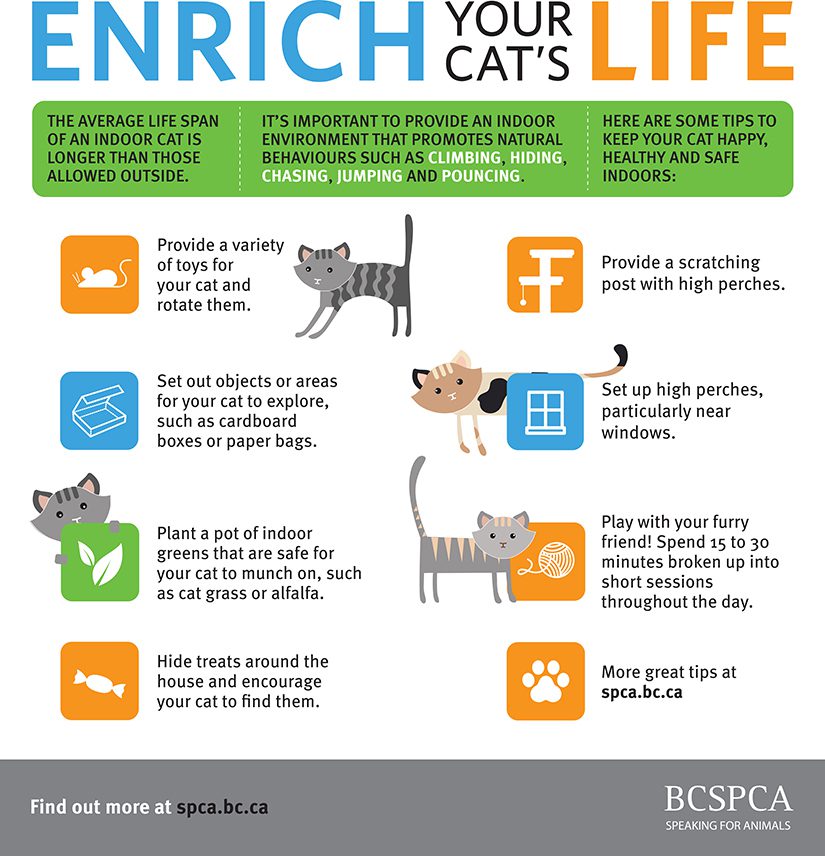
Maintaining proper cat hygiene is critical for your pet’s comfort and health. Good hygiene practices can prevent many common health issues and ensure your cat feels safe and clean in its environment.
Litter Box Maintenance
The litter box is one of the most critical aspects of cat hygiene. Keeping it clean and odor-free is essential for your cat's comfort and willingness to use it. Scoop the litter at least once a day and change the litter completely weekly.
Consider the type of litter used; clumping litter may be preferred for easy maintenance. Additionally, placing the litter box in a quiet, accessible location can encourage consistent use and reduce accidents around the house.
Bathing and Grooming
As discussed earlier, regular grooming plays a vital role in hygiene. Beyond aesthetics, grooming helps remove dirt, debris, and loose fur, reducing the likelihood of hairballs and skin irritations.
Bathing should be done sparingly unless necessary, as over-bathing can strip your cat’s coat of natural oils. Focus on keeping their living area clean and tidy to minimize the need for frequent baths.
Dental Hygiene
Dental hygiene is often overlooked in feline care, but it’s essential for your cat’s overall health. Bad breath can indicate dental disease, which can lead to more severe health issues if left untreated.
Provide dental treats, toys, and regular tooth brushing as part of your cat hygiene tips. Consult your veterinarian for specific products that are safe and effective for your cat’s dental care.
Routine checkups for cats
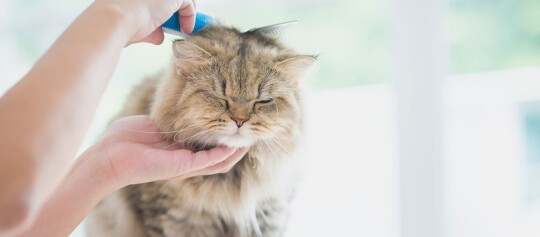
Routine checkups for cats are a cornerstone of preventive health care. These visits enable you to stay ahead of potential health issues and keep track of your cat’s overall well-being.
Importance of Scheduled Visits
During routine checkups, veterinarians conduct comprehensive examinations that include checking your cat’s weight, heart rate, and general physical condition. These assessments are vital for identifying any early warning signs of illness.
Moreover, vaccinations and preventative treatments are usually administered during these visits. Staying current on immunizations ensures your cat is protected from various diseases that could otherwise compromise their health.
Tracking Health Changes
Keeping a health journal for your cat can help you monitor their health over time. Record details like weight, eating habits, and behavior changes. This journal can be a helpful resource during vet visits, allowing your veterinarian to assess trends and changes accurately.
By tracking these details, you’ll be better equipped to identify any concerns that arise between checkups. Having this information at hand can lead to quicker diagnoses and more effective treatment strategies.
Building a Relationship with Your Veterinarian
Establishing a strong relationship with your veterinarian is crucial for your cat’s health. Feeling comfortable discussing any concerns or questions can enhance the quality of care your cat receives.
Choose a veterinarian who understands feline behavior and has a reputation for treating cats with compassion. Regular visits help build trust and ensure that your cat receives exceptional care throughout their life.
Cat exercise and play
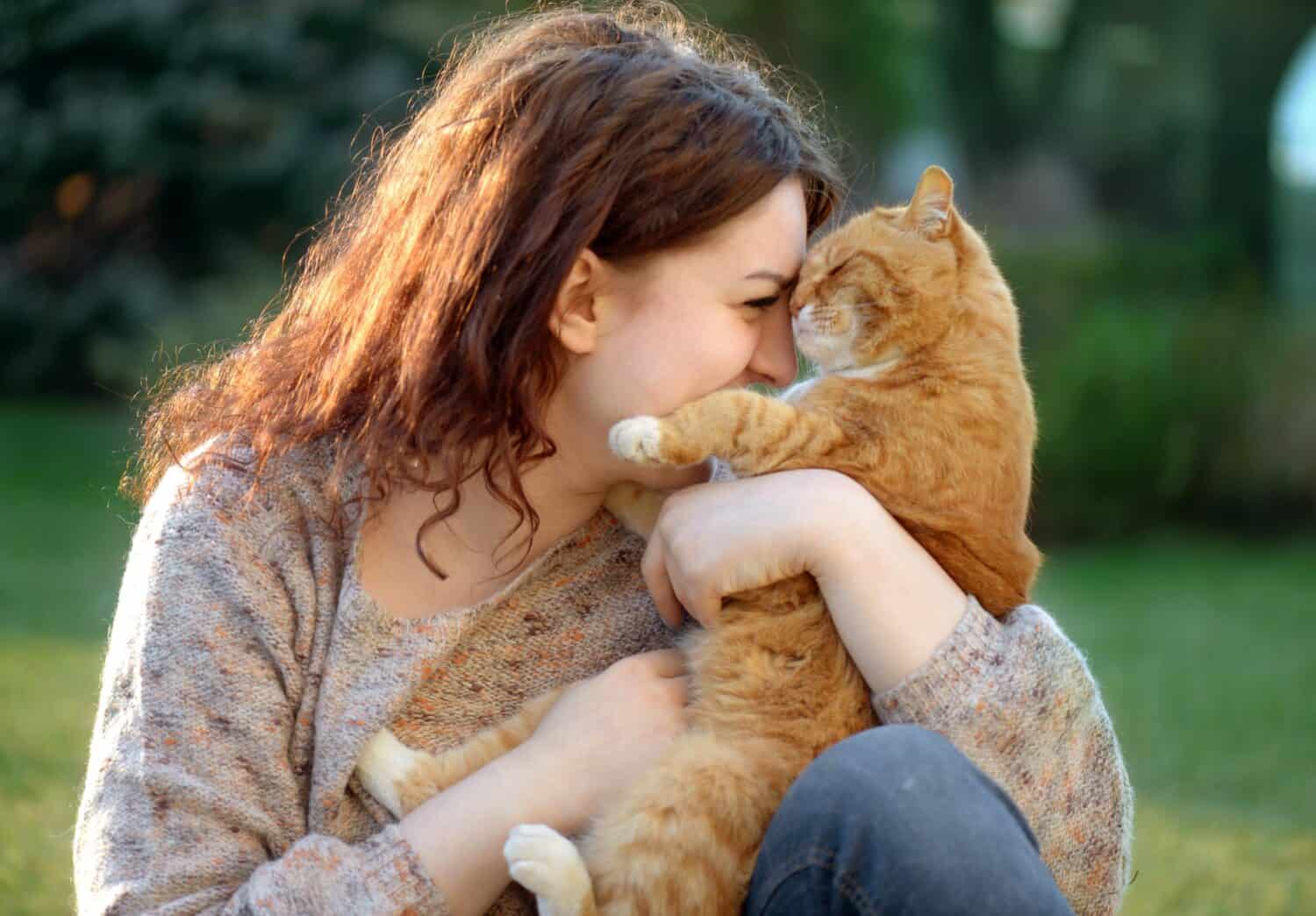
Physical activity is essential for a cat's physical and mental health. Regular cat exercise and play can prevent obesity, reduce behavioral issues, and enhance overall well-being.
Types of Play
Engaging in interactive play is crucial for stimulating your cat mentally and physically. Toys like feather wands, laser pointers, and puzzle feeders are fantastic ways to keep your cat active.
Also, consider providing opportunities for solo play, such as catnip-filled toys or balls that they can bat around. Rotate toys regularly to maintain their interest and excitement.
Creating an Enriching Environment
An enriching environment promotes active play and exploration. Cat trees, scratching posts, and climbing shelves create vertical space for your cat to explore and stretch their limbs.
You can also incorporate safe outdoor experiences, such as supervised time in a secured yard or harness walking. Outdoor adventures can provide a wealth of sensory experiences that enrich your cat's life.
Recognizing Your Cat's Limits
While exercise is crucial, it’s also important to recognize your cat’s limits. Some cats may prefer gentle play while others may engage in vigorous activity. Pay attention to your cat’s behavior and adjust playtime accordingly to ensure it remains enjoyable.
Encouraging your cat to remain active throughout their life contributes to a healthier lifestyle and reduces the risks associated with obesity and sedentary behavior.
Preventing cat illnesses

Preventive care is the best strategy for ensuring your cat remains healthy throughout their life. By proactively addressing potential health risks, you can significantly reduce the likelihood of serious health issues arising.
Vaccinations and Preventive Medications
Regular vaccinations are vital in protecting against contagious diseases. Ensure your cat is up-to-date on all vaccinations appropriate for their age, lifestyle, and geographic region.
Discuss with your veterinarian about flea, tick, and worm prevention. These parasites can pose significant health risks and managing them is key to preventing related illnesses.
Monitoring Weight and Diet
Maintaining a healthy weight is one of the most effective ways to prevent health issues in cats. Obesity can lead to diabetes, joint problems, and other serious conditions. Monitor your cat's weight regularly and adjust their diet as needed to promote a healthy lifestyle.
Implementing a portion-controlled feeding schedule can aid in weight management. Avoid free-feeding, which can lead to overeating and obesity.
Recognizing Symptoms Early
Being observant of your cat’s behavior is crucial for early detection of potential health issues. Changes in appetite, sudden weight loss, excessive grooming, or lethargy can indicate underlying problems requiring immediate attention.
By fostering a close relationship with your cat and being attentive to their needs, you can spot any changes that warrant a trip to the veterinarian.
Simple cat care routine
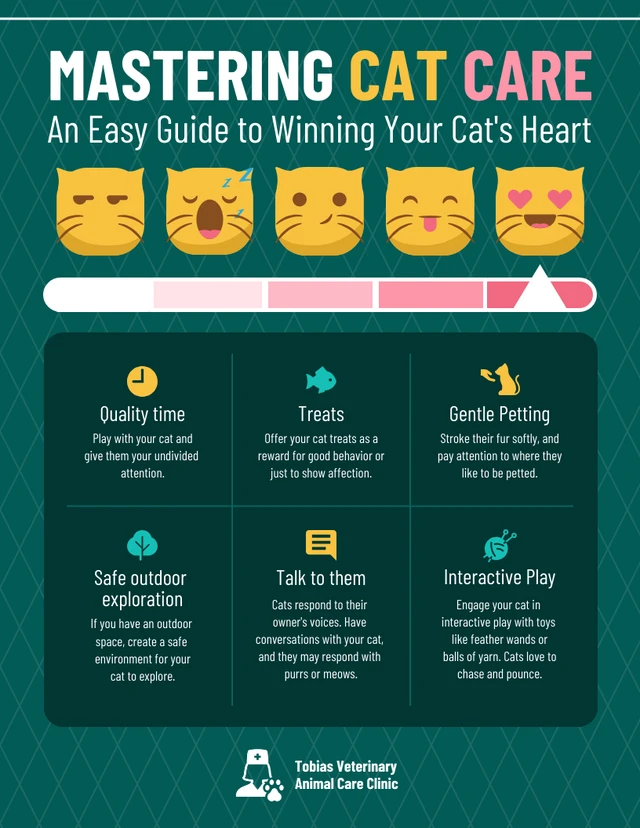
Establishing a simple cat care routine can streamline the process of ensuring your feline friend stays happy and healthy. Routine fosters a sense of security for your cat and makes caring for them easier for you.
Daily Tasks
Incorporating daily tasks such as feeding, scooping the litter box, and playtime creates a predictable environment for your cat. Consistency is comforting for felines, allowing them to feel secure in their surroundings.
Dedicate specific times for meals and play, making it easier to monitor your cat’s habits and health over time.
Weekly and Monthly Responsibilities
Weekly tasks may include changing the litter completely, washing bedding, and checking for any signs of wear in your cat’s toys or equipment. Monthly responsibilities can involve deeper cleaning of the litter area and assessing your cat’s grooming needs.
Setting reminders for these tasks can help you stay organized and ensure your cat’s environment remains clean and hygienic.
Building a Bond
Lastly, don’t overlook the importance of bonding with your cat. Spending quality time together—whether through play, cuddling, or just sitting together—enhances your relationship. A strong bond can significantly improve your cat’s mental well-being and overall happiness.
Conclusion

Caring for a cat involves much more than simply providing food and shelter. Through a combination of proactive health care, diet management, regular exercise, and grooming, you can ensure your feline friend leads a fulfilling and healthy life.
By implementing these cat care tips, you’ll not only enhance your cat’s quality of life but also deepen your bond with them. Every effort you make contributes to their happiness and gives you the opportunity to enjoy the love and companionship that only a cat can provide. Embrace the journey of cat ownership with knowledge and joy—your furry friend will thank you for it!
0 comment
Be the first to comment